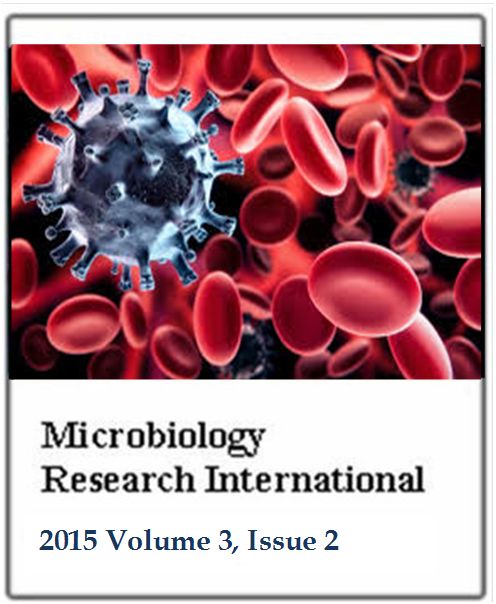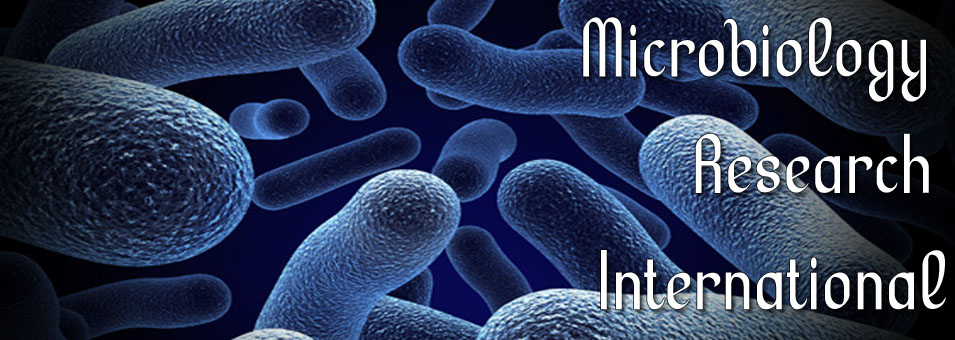Isolation and characterization of hydrocarbon–utilizing fungi from fresh water swampy soil
Chimezie Dirisu, N. G.Microbiology Research International
Published: April 24 2015
Volume 3, Issue 2
Pages 33-36
Abstract
Enumeration, isolation and characterization of total fungi and hydrocarbon-utilizing fungi (HUF) were carried out on fresh water swamp forest soil collected at three depths. The ability of HUF to grow on mineral salt medium spiked with Bonny light crude oil was investigated as well as changes in pH of test media for three weeks. Fungal growth was measured by visual estimation of mycelial tissue, while pH was measured with a pH meter. Result indicates that total fungi and HUF increased from surface to sub-surface soil levels. HUF count ranged from 2. 27 ± 0.30 × 103 to 4.2 ± 1.08 × 103 cfu/g. Growth of Mucor species was profuse while Penicilium had sparse growth in the culture medium. pH of growth medium ranged from 5.5 to 5.8 and 5.4 to 6.0, thus lessening of acidity and toxicity due to petroleum hydrocarbon. Analysis of variance however indicated lack of significant difference between both fungal count and pH changes following hydrocarbon utilization (p > 0.05). Therefore, using petroleum hydrocarbon as carbon and energy sources by both fungi genera, which resulted in slight reduction of acidity implies that both species are suitable candidate genus for preparation of probiotics for stimulating the biodegradation of oil in vulnerable terrestrial environments and hence lessening of toxicity due to oil spill on arable land.
Keywords: Hydrocarbon-utilizing fungi (HUB), biodegradation, penicilium, mucor, hydrocarbon, pH.
Full Text PDF
